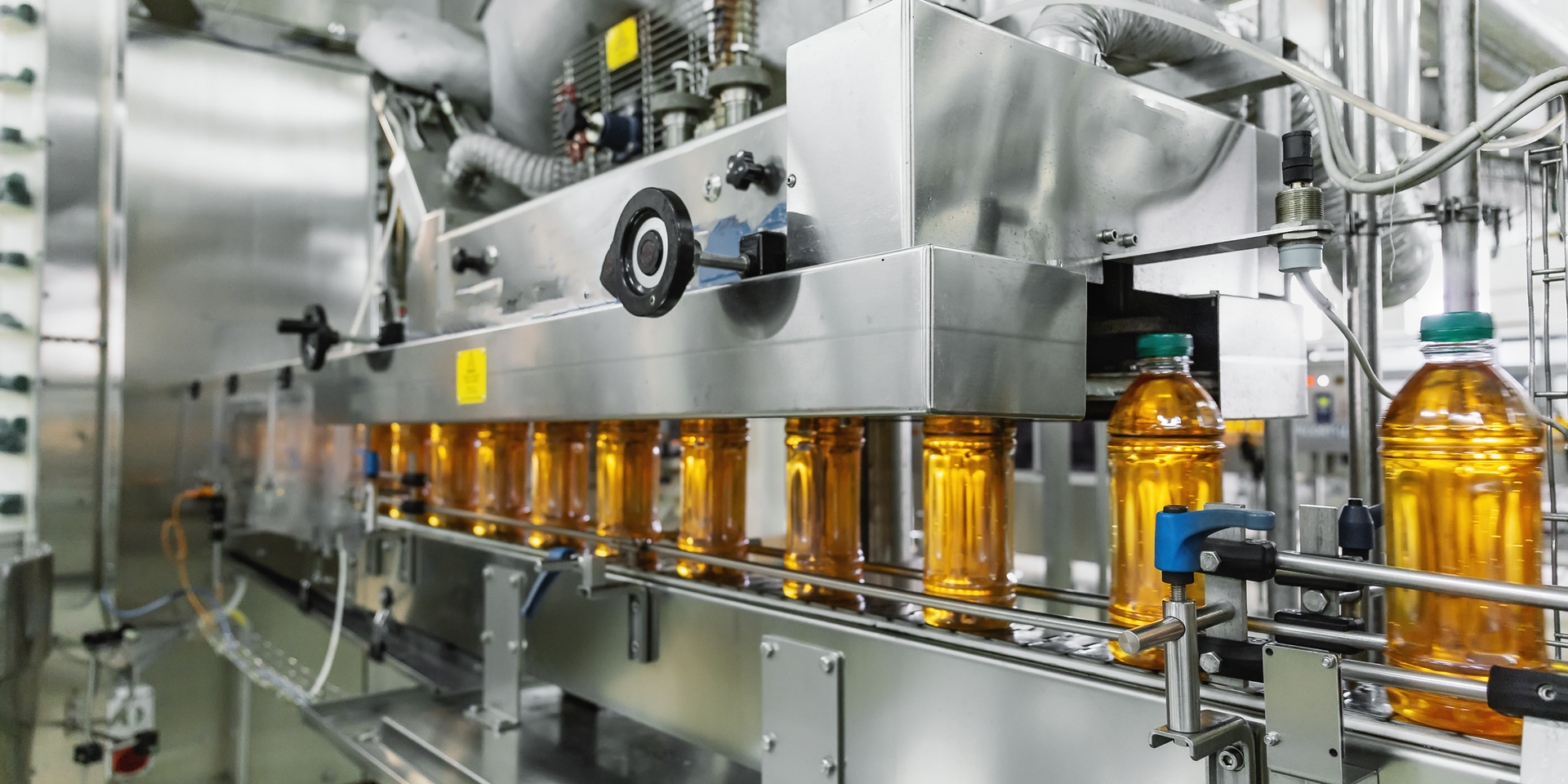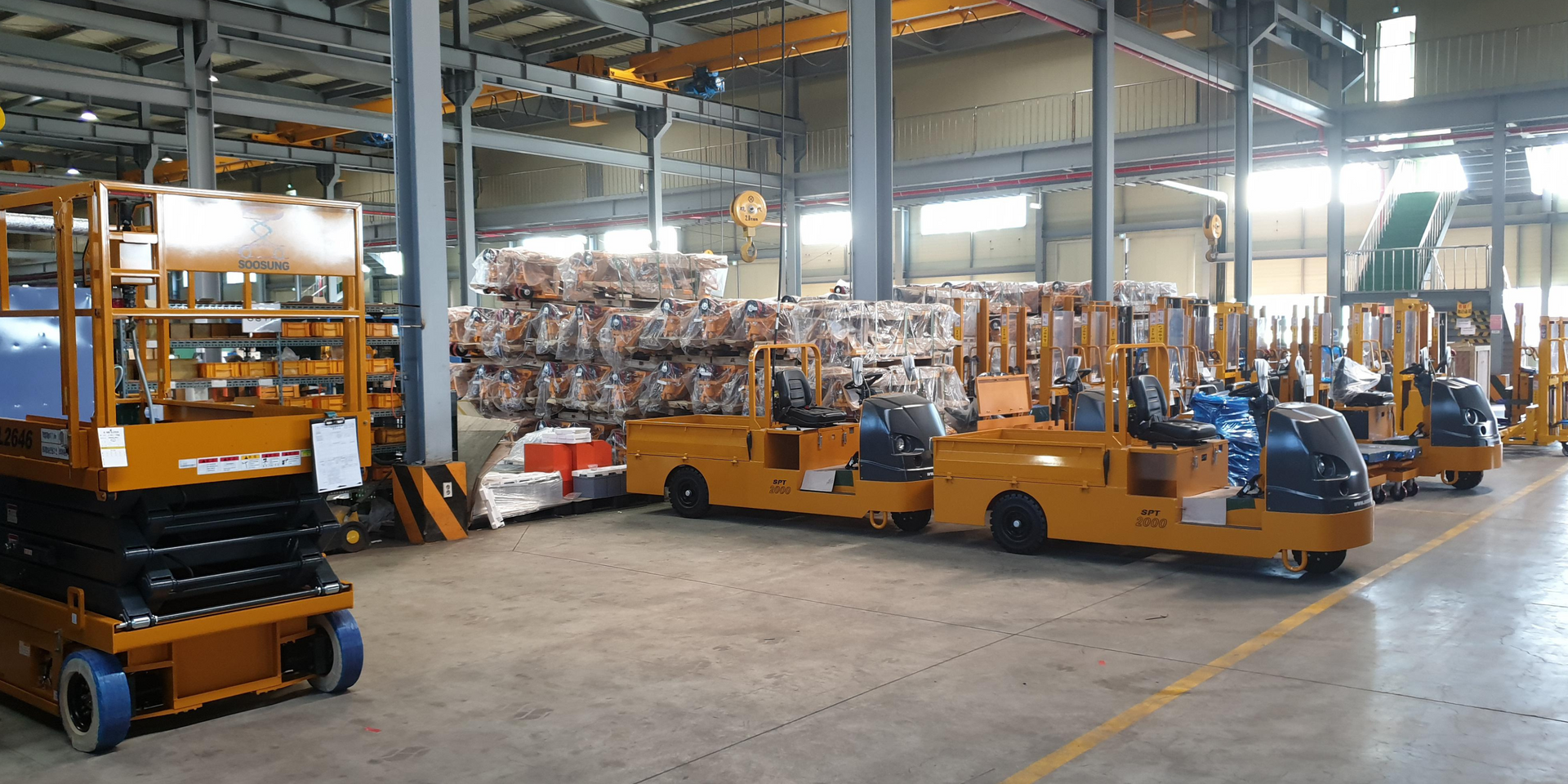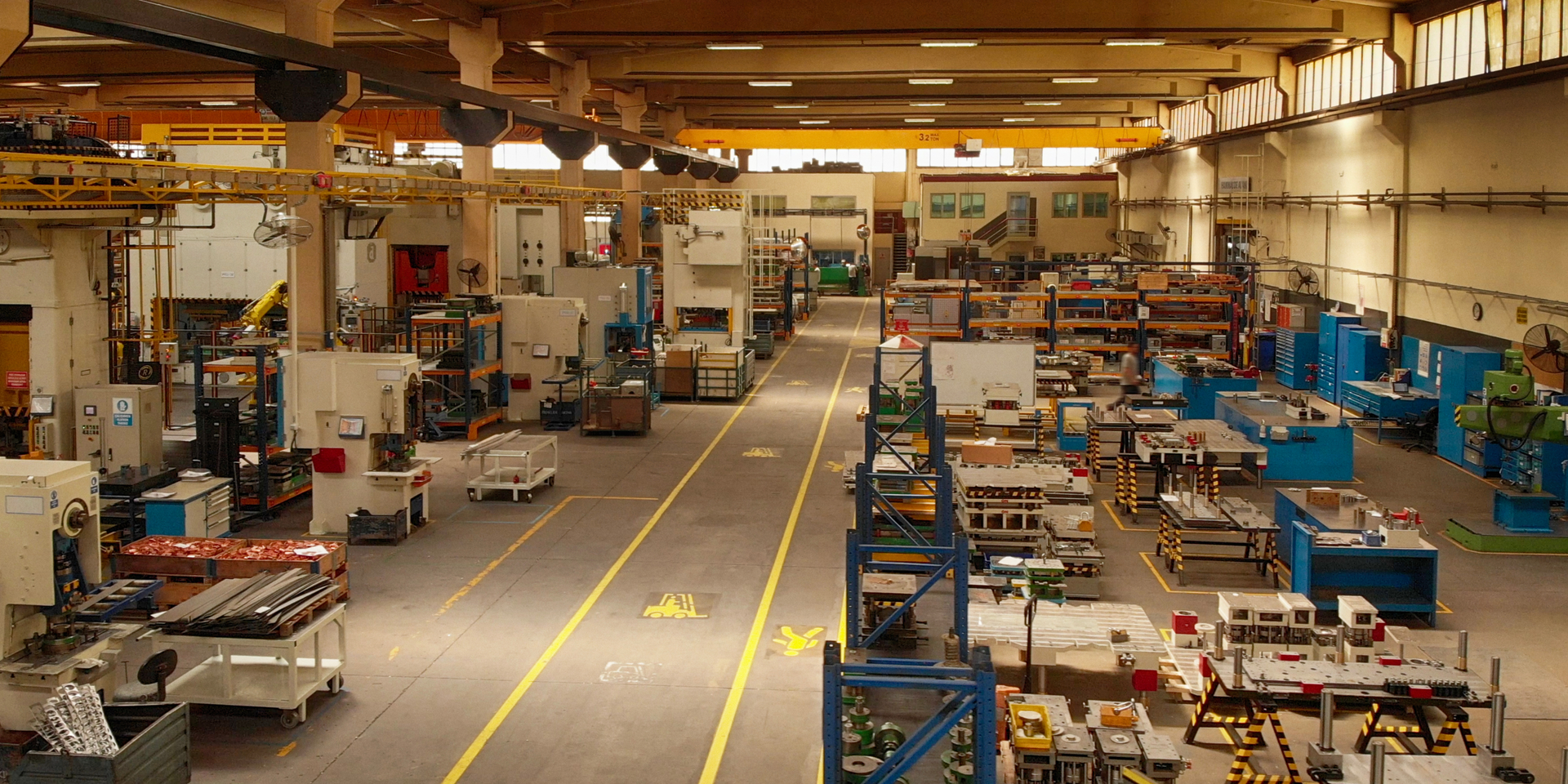The Impact of Automatic Manufacturing on Modern Production
The manufacturing world is going through a big change right now because of automation. Automatic Manufacturing new way uses technology on the production line to help companies get more work done in less time, save money, and be more consistent. The use of robotics and AI is making it possible for businesses to use proactive maintenance. This gives them a better competitive edge. These changes are not just nice to have. Companies now need these changes to stay in the global marketplace. In this blog, we talk about what manufacturing automation is, what goes into it, and how much it can change the way we work.
Understanding the Basics of Manufacturing Automation
Manufacturing automation involves using technology such as robotics, sensors, and software to minimize human intervention in production. These solutions perform repetitive tasks, aiming to enhance efficiency, reduce costs, and provide real-time data for informed decision-making. By adopting automation, manufacturing plants rely less on manual labor, resulting in improved product quality and precision. Automated systems enable businesses to monitor operations, identify downtime, and ensure production speeds meet demand. From assembly lines in automotive manufacturing to pharmaceutical packaging, automation is essential for enhancing all areas of manufacturing.
Defining Automation in the Manufacturing Industry
Industrial automation involves using technology to manage and control manufacturing processes. This includes programmable automation, ideal for smaller businesses that require flexibility in production, allowing them to easily adapt to varying product demands. Flexible automation, on the other hand, supports rapid changes in production without extensive setup time.
Key systems like CNC machines and PLCs ensure seamless workflow between steps. For instance, Empowered Automation Solutions, Inc. implements automation solutions to expedite product changeovers, enhance productivity, and minimize delays. Transitioning from manual tasks to full automation enables industries to grow while maintaining product consistency and precision. Proper use of machinery and tools in batch production empowers teams for greater efficiency.

Key Components of an Automated System
An automated system comprises essential components like control systems, sensors, and automation solutions that work together to enhance business outcomes. The control system facilitates communication between machines and operators. In manufacturing, assembly lines leverage robotics and software to streamline production, increasing speed and maintaining quality while reducing the need for human intervention. Automation solutions from providers like Empowered Automation Solutions, Inc. unify various production elements, ensuring consistency. Sensors monitor workflows, while actuators execute commands. With robust machine monitoring tools, businesses can identify potential issues early, minimize downtime, and sustain smooth manufacturing processes.
Introduction to Automation Technologies
The fast growth of automation technologies is changing the way many places work. Industrial robots do jobs that used to need a lot of people. Decision-making now often uses AI and machine learning. Automation is now in roles that once needed human workers. These new tools help people get faster production line speeds and also keep up product quality.
Empowered Automation Solutions, Inc. is a leader in using these systems. They help makers reach new highs in how much they can do at work. Let’s take a look at the automation technologies like robotics and AI. These tools are changing how work gets done on the production line.
Robotics: Transforming Production Lines
In recent years,
industrial robots have transformed manufacturing. These machines now perform many tasks previously handled by humans, offering unmatched precision, reliability, and speed. This reduces human error and enhances efficiency. Robotic systems excel in material handling and assembly; for instance, Tesla’s Gigafactories utilize automation to install intricate parts seamlessly, significantly increasing production rates. By partnering with firms like Empowered Automation Solutions, Inc., businesses leverage automation to gain a competitive edge. Robots complement human workers, boosting productivity with speed and reliability.

AI and Machine Learning: Enhancing Decision Making
Artificial intelligence and machine learning have transformed manufacturing by integrating data-driven decision-making. These technologies enable factories to proactively address issues and maintain efficiency through predictive maintenance. For example, machine learning analyzes past data to anticipate potential problems, preventing production delays. AI on the shop floor generates new insights that enhance workflows with minimal human intervention. Empowered Automation Solutions, Inc. employs AI tools to reduce downtime and ensure consistent operations. Their systems integrate machines, sensors, and automation tools to optimize production outcomes for both operational needs and customer satisfaction.
Beginner's Guide to Implementing Automation
Starting to use automation can seem like a big task, but it is something you can do with a good plan. To make the change, you need to look at how things are done now. It helps to know what automation systems you need and where you want to use them.
Empowered Automation Solutions, Inc. helps companies build special plans for their manufacturing facilities. They work with you to make smart choices and use solutions that can grow with your business. This lets you change your processes without causing problems. So, let’s see how you can get started with automation and put each step in place.
What You Need to Get Started
Start by setting your automation goals: do you want to improve production consistency or reduce costs? Next, plan your initial investment based on the necessary changes. You might opt for large robotic systems or simply add software for smaller batch production.
Choose an automation type that suits your product. If your process is stable, programmable automation may suffice. However, if you produce various items, flexible automation is preferable. Selecting the right option ensures smoother operations later.
Finally, consider how new systems will integrate with your existing machinery. Experts recommend gradually adding new components to test compatibility and address issues as they arise. This approach leads to a seamless transition that benefits your business.

Step-by-step Guide/Process
Starting the path to automation needs a step-by-step plan. First, you should look at your current production lines and see the flow and any slowdown points. Then, find chances where automation solutions can improve how things work. After this, choose the right tools and systems for your work. Think about things like robotics and programmable logic controllers. At the end, bring in these systems slowly, so they fit with the way you already work. This helps you move into a better, more effective manufacturing process without much trouble. Automation and robotics can really help make the manufacturing process smooth for everyone.
Step 1: Assessing Your Current Processes
You need to know how the production line works before you start with automation. Start by mapping out each step in the production line. Find any slow points and spots that could be better. Talk with human workers to learn about the problems they face each day. This will help you see what is not working well and where automation technology can help. Look at tools like plc s to see if they can fit in better. When you put focus on these checks, it helps make the move to automation in the production line much smoother for everyone.
Step 2: Identifying Automation Opportunities
Identifying automation opportunities involves examining daily workflows and production lines for repetitive tasks or time-consuming processes. Focus on areas where manual labor is required, such as material handling and machine tools. Analyzing batch production and assembly lines can enhance organizational efficiency. Automation technology streamlines operations, reduces human intervention, and provides a competitive edge in the global marketplace. This allows employees to focus on more critical tasks, benefiting the entire organization.
Step 3: Selecting the Right Automation Tools
Choosing the right automation tools is crucial for enhancing your production line. Consider factors like future scalability, compatibility with existing control systems, and current manufacturing needs. Explore various automation solutions, such as industrial robots and PLCs, to achieve your company goals. Select technology that integrates seamlessly into your supply chain while offering the flexibility and precision required. Investing in top machinery improves product quality and maintains your competitive edge.
Step 4: Integrating Systems with Minimal Disruption
Making automation work well in your business needs good planning and teamwork. You need to look at the way things are done now, so you can add automation solutions without stopping the manufacturing process. When you use programmable logic controllers (PLCs) and industrial robots, the move to automation can be easier. Putting sensors and IoT in the system lets you watch everything in real time and spot potential issues before they get bigger. If you go step by step, and give the right training to human workers, you can keep up the product quality and make the way you work even better as you move to more automation.
Benefits of Automation in Manufacturing
Automation significantly transforms manufacturing. Control systems and automation solutions enhance production speed and efficiency, leading to improved quality and consistency. Reduced reliance on manual labor minimizes the need for human intervention. Integrating robotics and advanced control systems accelerates operations, decreases downtime, and mitigates potential issues, keeping manufacturers competitive globally. Ultimately, this boosts customer satisfaction, lowers running costs, and optimizes resource use, supporting innovative work practices.
Increased Efficiency and Productivity
Big gains in how fast and well things get done are some of the best benefits of automation in manufacturing. When companies use advanced control systems and robotics, they can boost production speed and need less human intervention. Automation helps make the production line simple and smooth. There is better coordination for material handling systems, and downtime is cut down. Because of this, companies get lower operating costs and keep product quality the same every time. The benefits of automation also help manufacturers react fast to changes in market demands. This can lead to higher customer satisfaction and help companies get a competitive edge over others.
Improved Quality and Consistency
Quality and consistency are vital in modern manufacturing. Automation solutions enhance product quality by increasing precision and reducing human error. Industrial robots perform repetitive tasks uniformly, ensuring each product meets established standards. This reliability boosts customer satisfaction and strengthens your brand globally. With increased automation and smarter technology, maintaining high quality becomes sustainable—an essential advantage in the industry.
Conclusion
The change seen in manufacturing because of automation is easy to see. With new technology like industrial robots and AI, factories can now work in a better way. This move helps raise product quality and keeps things running well. Businesses that use automation solutions also see lower operating costs and more consistency, which gives them a competitive edge in the global marketplace. When companies go for these tools, they make their work easier and push up customer satisfaction. As the world moves forward, manufacturing will keep using more of these ideas. This will help reach even more continuous improvement every year.
Frequently Asked Questions
What is the first step towards automation in manufacturing?
The first thing to do for automation in manufacturing is to look at your current processes. You need to check how work moves, see where things slow down, and find out how you use your resources. This helps you know what needs to get better. It also helps you get ready for ways that automation can help your business. By doing this, you can make sure that any changes will fit with your goals.
How does automation impact employment in manufacturing?
Automation in manufacturing can cause some people to lose jobs because machines do the work faster. But, it can also make new jobs that need higher skills. Workers may have to learn new technical skills. They may also have to focus more on bigger tasks and work with automated systems. This can help them and others get more work done.
Can small manufacturers afford automation?
Yes, small manufacturers can use many ways to pay for automation. There are things like grants, loans, and leasing. These help them add automation without needing a lot of money at first. They can choose automation tools that match their budget. This helps them work better and faster. You do not need a big up-front cost to get started. Picking this kind of plan often helps them be more competitive in the long run.
What are common mistakes when implementing automation?
Some mistakes people often make when using automation are forgetting to look closely at the work they want to automate, not thinking about the way different systems connect, not asking the team for help, and not providing training. Also, if you do not set clear goals, you may waste time and money. It is important to plan well before you start using automation to make sure things go well.
What is automatic manufacturing and how does it work?
Automatic manufacturing refers to the use of technology and machinery to automate production processes, reducing human intervention. It works through systems like robotics, computer-controlled equipment, and software that streamline operations, enhance efficiency, and ensure consistent quality while minimizing errors and production costs in manufacturing environments.



